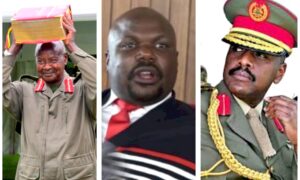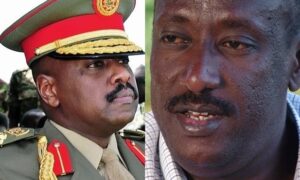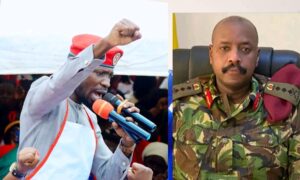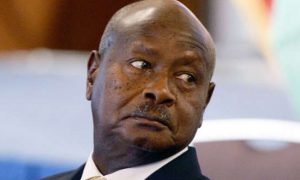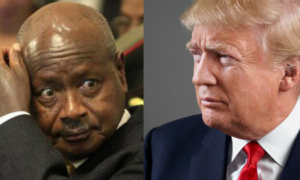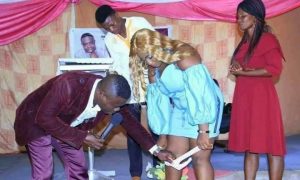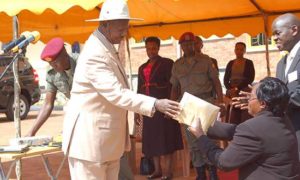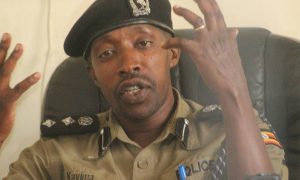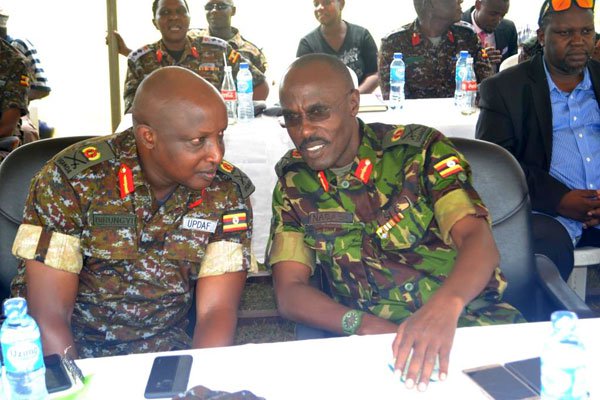
President Yoweri Kaguta Museveni has appointed Maj Gen James Birungi the Uganda People’s Defence Air Force (UPDAF) chief of Staff as the commander of the Special Forces Command (SFC).
Maj Gen Birungi replaces Maj Gen Don Nabasa who has been sent
for training.
Nabasa was appointed to head SFC, an elite unit that is responsible for the security of the President of Uganda and special operations in January 2017.
He took over from Museveni’s son Muhoozi Kainerugaba, who was appointed Senior Presidential Adviser on military affairs.
“Maj Gen Nabasa is heading out for a course. The course is good for SFC and the UPDF. Maj Gen James Birungi is the incoming SFC Commander,” SFC spokesperson Major Jimmy Omara said in an interview with this reporter on Tuesday evening.
SFC History
The present Special Forces Command (SFC) metamorphosed out of the High Command Unit (HCU) established in May 1981, at Kyererezi, Kapeeka (in the present day Nakaseeke District). This was in the early days of the war of resistance against the dictatorship of Milton Obote, soon after the launch of the NRA guerrilla war on the February 6, 1981.
The HCU was tasked with guarding the Chairman of the High Command (CHC) as well as carrying out other special missions and operations. The first commander of the HCU (at that time about the size of an infantry platoon) was Commander Robert Kabuura. The late Akanga Byaruhanga soon took command of the HCU during the struggle.
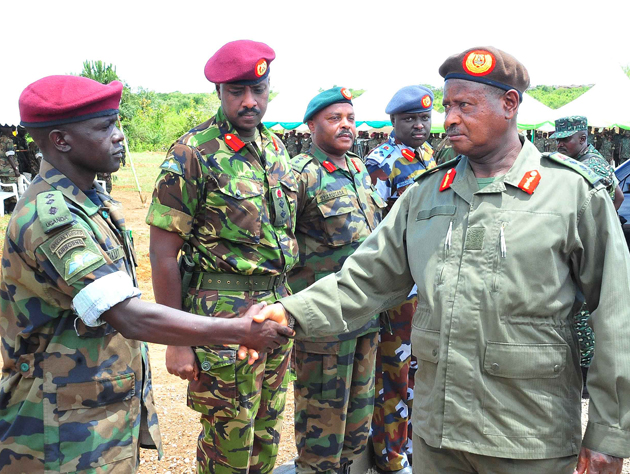
When the NRA/NRM captured power in 1986, the HCU was renamed the Presidential Protection Unit (PPU). It had grown to the size of a Battalion (700-800 soldiers). The first commander of the re-named PPU was Lt Col Akanga Byaruhanga (RIP).
After the fall of Kampala, NRA was able to secure the rest of the country by the end of March 1986. In August of 1986, the defeated forces of the dictatorships (supported by some of Uganda’s neighbours) launched a counter-revolution; which continued in different forms for another twenty years.
This counter-revolution was mainly based in northern Uganda, where the insurgency by the Lord’s Resistance Army (LRA) became the last and most effective of the many counter-revolutionary efforts. Therefore, following the emergence of new challenges involved in fighting the counter-revolutionary forces, the PPU eventually expanded into a Brigade (three battalions or more) with the added responsibility of defending the country and constitutional order. This responsibility is shared with the rest of the Defense Forces. In this expanded role, PGB participated in counter-insurgency operations in northern and western Uganda on the express orders of the President.
The PGB was renamed the Special Forces Group (SFG) in 2010 and two years later, it became the Special Forces Command (SFC).
SFC Mission
To develop and operate a powerful and versatile special operations force that is situated within the unique Ugandan way of war and is responsive to the requirements of the UPDF and the nation.
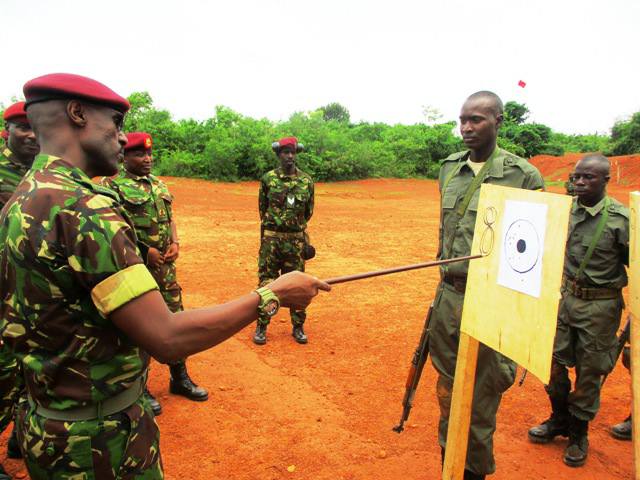
The Special Forces Command (SFC) is a specialized component of the Uganda People’s Defense Forces (UPDF), tasked with carrying out special missions in support of national military objectives.
The SFC in conducting operations coordinates closely with the Land Forces, Air Forces and Reserve Forces of Uganda.
The SFC is headquartered in Entebbe, Wakiso District, with various bases and training facilities in different parts of the country. SFC units working alongside the conventional UPDF have been active in different regional missions, like in South-Sudan and the Peace Support Operation in Somalia (AMISOM).



